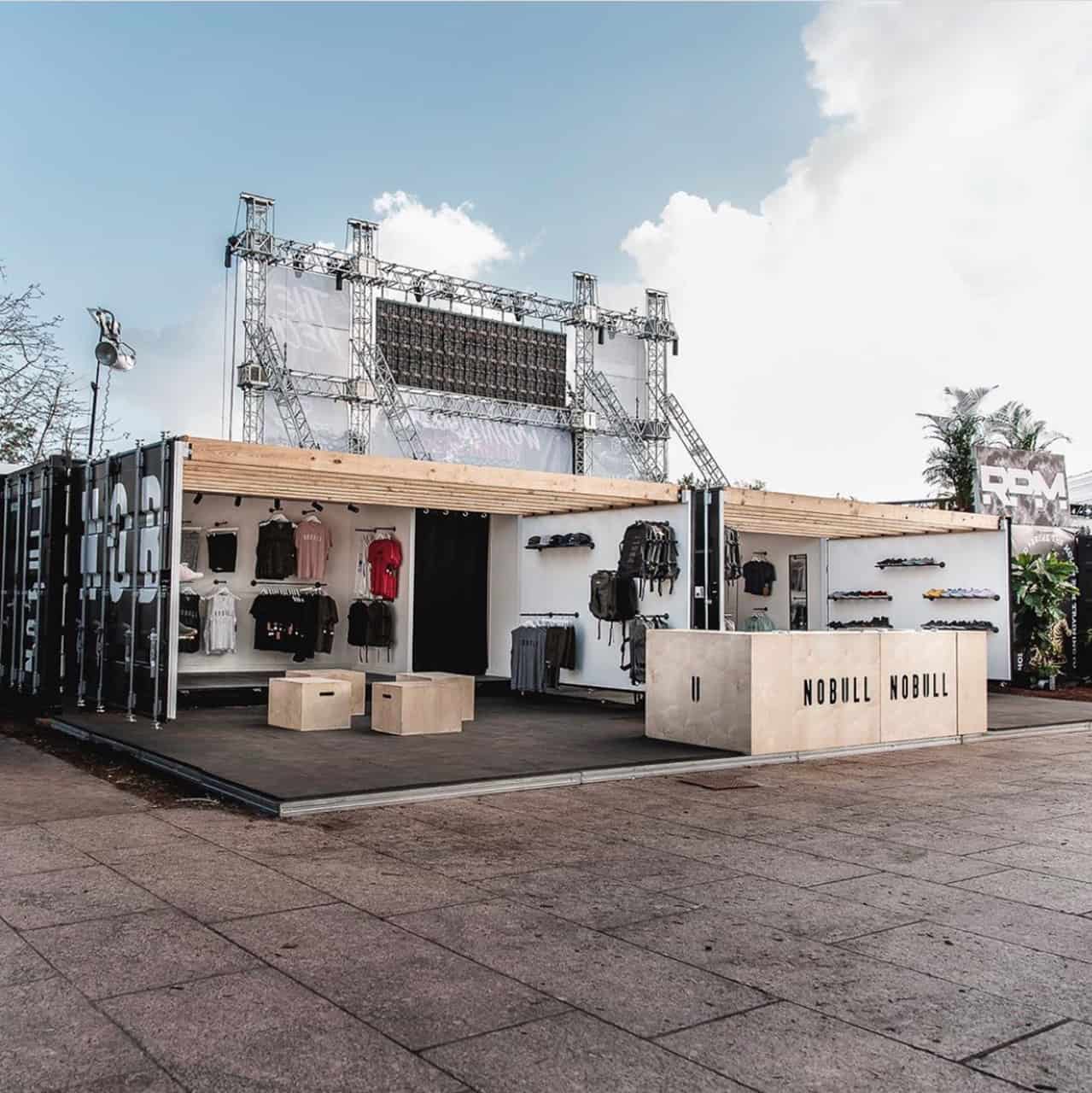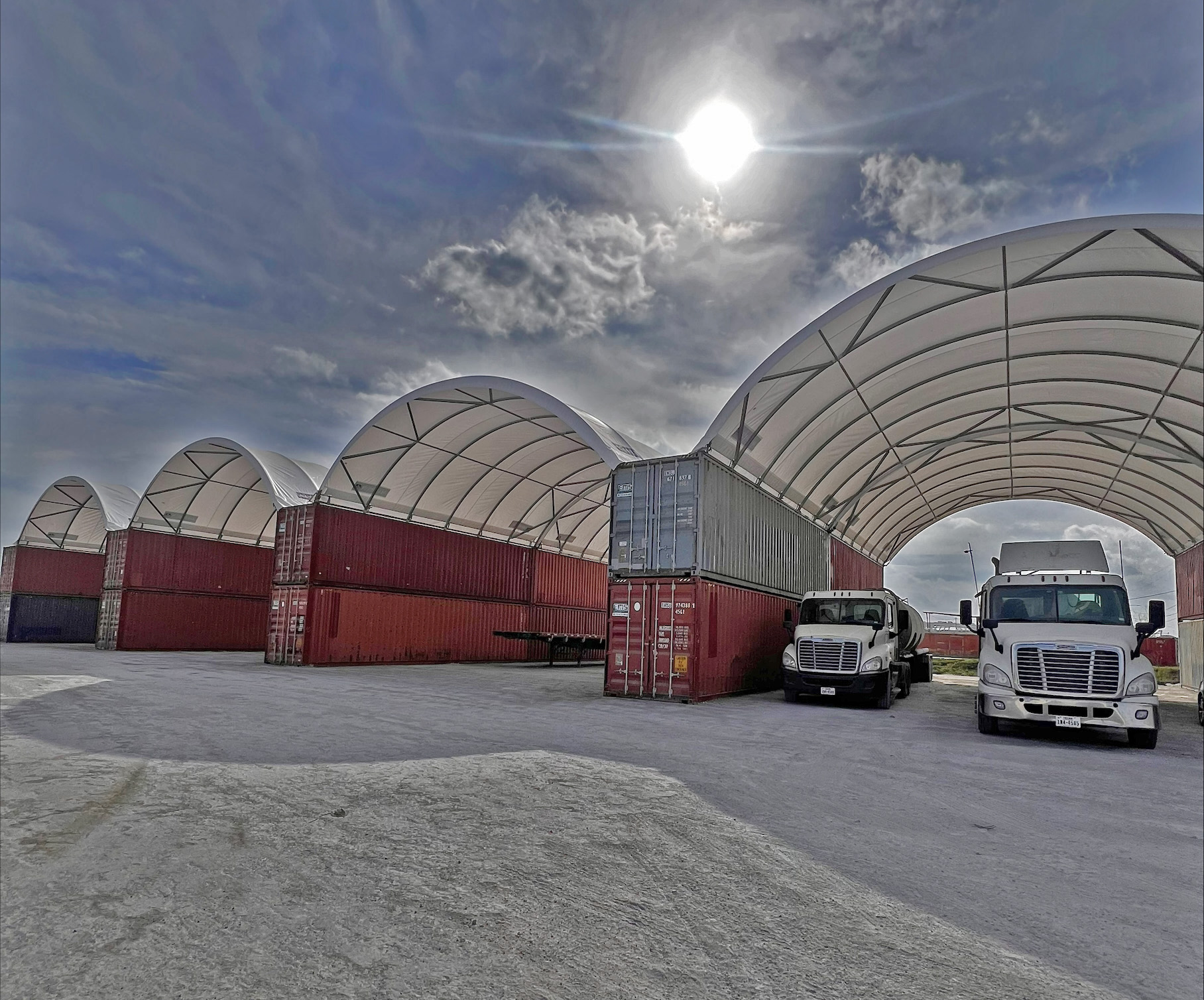Shipping containers are widely popular nowadays for home construction needs because of their versatility and cost-efficiency. Plenty of other benefits can also be had, such as energy-efficiency and aesthetic value.
Before you dive straight into the project, however, it would be ideal for you to heed these helpful tips so you can make the most out of these advantages.

Come Up with a Plan
Shipping containers are relatively cheap compared to other prefab materials, especially if you opt for used units. Just because it’s affordable, however, doesn’t mean that you can be wasteful. If you make a mistake with the plan or layout, you may need to get another container unit, thereby adding to your cost, which then negates its affordability.
Like any other construction plan, you should carefully consider the flow of the interior, the sections that you will add, and the overall architectural design of the house. The more detailed the plan is, the better it’s going to be because then it will be easier for the construction workers to visualize follow the design.
Engage the services of an architect and an engineer to come up with a plan that meets both your needs and regulatory requirements. Be clear with what you want, clearly express your ideas so that it can be incorporated well. You also have to be willing to listen to their suggestions, especially if they tell you that what you want isn’t possible. The important thing is to come up with a detailed plan that reflects your style while offering maximum functionality.
Get Quality Insulation
Insulation is not something that you should skimp on if you want to guarantee your family’s comfort. As shipping containers are made of metal sheets, the insides must be insulated well to protect against the changes in temperature. There’s also the matter of condensation. Condensation can cause the growth and spread of molds and fungi, which are health hazards. Insulation therefore is not just for keeping you cozy inside, but, to help you avoid health risks.
Mind the Plumbing
The plumbing layout is also very important. It’s best to sit down and plan ahead with your contractor to establish where the plumbing lines will be.
This is crucial because the plumbing chases require cutouts on the container floors, and also including ceilings if you are going to stack one on top of the other. Cutting through the material of a shipping container unit is relatively easy enough, but you can’t afford to make mistakes because then it’s going to be a waste of good material.
Planning the plumbing lines will depend on the layout of the interior, however, so you should settle first the final design layout to determine which areas will require plumbing components, such as the kitchen and bathrooms. The same care in planning needs to be exercised for electrical wiring lines.
Cut Carefully
Speaking of cutting through the material, it’s also important to understand the structural integrity of the unit itself. Don’t just cut holes into it arbitrarily because it could weaken the structure, particularly if the hole does not have the proper support for load bearing and bracing.
Again, it would be best to sit down and discuss this carefully with your contractor to have a clear idea of what you’re working with. Better yet, find a top supplier such as Equipment Management Services to ensure that you’re getting quality units in the first place.
Reliable suppliers will help you find the most appropriate units for your project and are good sources of advice. To make it even more convenient, ask the supplier to undertake modifications prior to delivering the units. Then all you need is to rig them into position and connect units together.
Sources
11 Tips You Need to Know Before Building a Shipping Container Home, archdaily.com
How to Build a Shipping Container Home with a Small Budget, containerhomeplans.org









